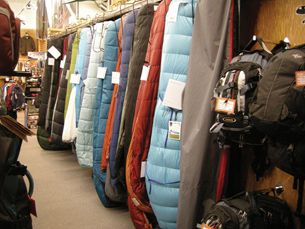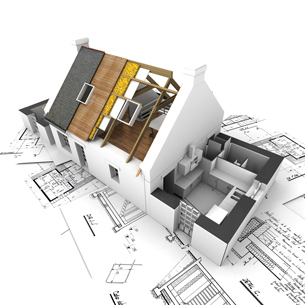Module 1
1. Module 1
1.17. Page 5
Module 1—Thinking Energy
 Self-Check
Self-Check
SC 5. Calculate the energy required to increase the temperature of a 175-g piece of copper from –25.0ºC to 25.0ºC.
SC 6. 6.0 x 103 J of energy is added to 150 g of water at 25.2ºC. Calculate the final temperature of the water.
SC 7. Calculate the energy released by 1.50 kg of hot water at 100.0ºC as it cools to room temperature (assume 24.5ºC).
 Self-Check Answers
Self-Check Answers
Contact your teacher if your answers vary significantly from the answers provided here.
SC 5.

SC 6.

SC 7.

475 kJ are released from the hot water as it cools.
 Reflect and Connect
Reflect and Connect

In this lesson you have investigated specific heat capacity and considered the effect that a difference in the specific heat capacity of water and/or of air may have on the ability of a sleeping bag to function in cold temperatures. The insulating properties of materials, whether used in a sleeping bag or for other purposes, are influenced by specific heat capacity and thermal conductance.
For example, the polystyrene used to make the cups of the calorimeter you used is a significantly better insulator than the glass used to make a beaker. Although polystyrene has a higher specific heat capacity than glass, polystyrene has a significantly lower thermal conductance, making it a better insulating material.
Choice of Sleeping Bag
Even if you don’t plan to have your ecotour participants camp outdoors, a sleeping bag can be helpful if there are unexpected weather changes or if someone is injured. What type of sleeping bag will you provide for your clients?
Use the Internet and other sources to collect information about different types of sleeping bags. You may wish to collect information about comfort rating, design, insulating material, weight, durability, ease of cleaning, cost, and other relevant factors.
RC 2. Using the information you collect, prepare a chart comparing a minimum of two sleeping bag models. Choose which model will best meet your clients' needs and justify your choice. Add your results to your ecotour planning sub-folder.
This is the second of six assignments that you can submit as part of your Module 1 Assessment. For more information, refer to the Module 1 Assessment.
 Reflect on the Big Picture
Reflect on the Big Picture
Can you think of other ecotour aspects in which specific heat capacity might be important? Write these down, and place a copy of your answers in your course folder. You may wish to refer back to this list later in Module 1.
 Going Beyond
Going Beyond

© Franck Boston /shutterstock
Many new homes are being constructed in Alberta, and a large number of these buildings have highly energy-efficient designs. Use the Internet to find out more about the term R-2000. Find standards for new home construction, and compare these standards to construction practices of ten or more years ago. For example, you may wish to compare the design and materials used in your own home to those that meet R-2000 standards. How important is insulation and the specific heat capacity of materials to R-2000 design?
 Module 1: Lesson 3 Assignment
Module 1: Lesson 3 Assignment
Submit your completed Module 1: Lesson 3 Assignment to your teacher.